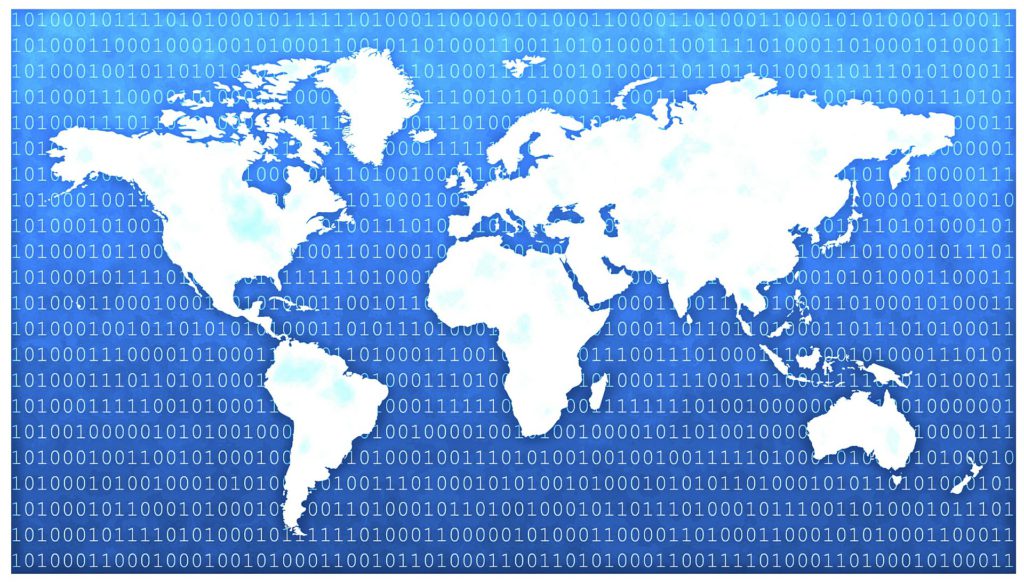Digital Supply Chain: where to begin from

Making companies ‘smarter’ by digitally managing the supply chain is now a reality. The most basic principle is always the same: work on data!
In the last few decades, companies began to consider technology, lean manufacturing and global production as ways to increase efficiency and reduce costs. Today, these strategies are leading to decreasing returns and are beginning to no longer offer valuable support for business strategies. Several companies now resort to offshore production, though in the last decade supply chain management has become far more complex in an increasingly extensive and global market, with a many external suppliers involved and an increasingly dynamic demand.
The availability of new cutting-edge technologies, above all those that revolve around Big data analytics and IoT, has become a new frontier for supply chain innovation for many companies.

But where do we start from? Here are some suggestions by the analysts of The Boston Consulting Group (BCG).
1) End-to-end connection
Many companies lack the ability to track stocks, to monitor equipment used for production and/or are not very accurate in controlling the processes. Even individually, such situations can adversely affect business performance – let alone if there is more than one problem to solve. The key lies in a single great asset: data. However, we need an end-to-end management system that starts with collecting data (by means of sensors, RFID tags, etc.) and then analyses it.
2) Data consistency
Process optimisation often becomes ‘strenuous’ due to the use of different data and information, which is non-consistent and scattered in different corporate systems. Even if the most modern Big data analytics tools do not require ‘perfect’ data (in terms of quality and form), as they have analysis engines that are able to read and interpret unstructured data, ‘sound consistency’ of data is nonetheless required (i.e. data should be significant, have priorities and actually be usable in applications).
3) Cross-functional data transparency
An efficient digital supply chain strictly depends on updates and access to production data, yet in several companies such data often remains accessible only to very few people. But, as the analysts of the BCG point out, there is nothing more wrong, since such data could be very useful to departments such as customer service, sales and purchases and also for internal activities, such as plant maintenance. In such cases, the issue goes beyond technological boundaries and enters the sphere of change management, where changes are to be made first of all in the entrepreneurial attitude and culture.
Related articles: